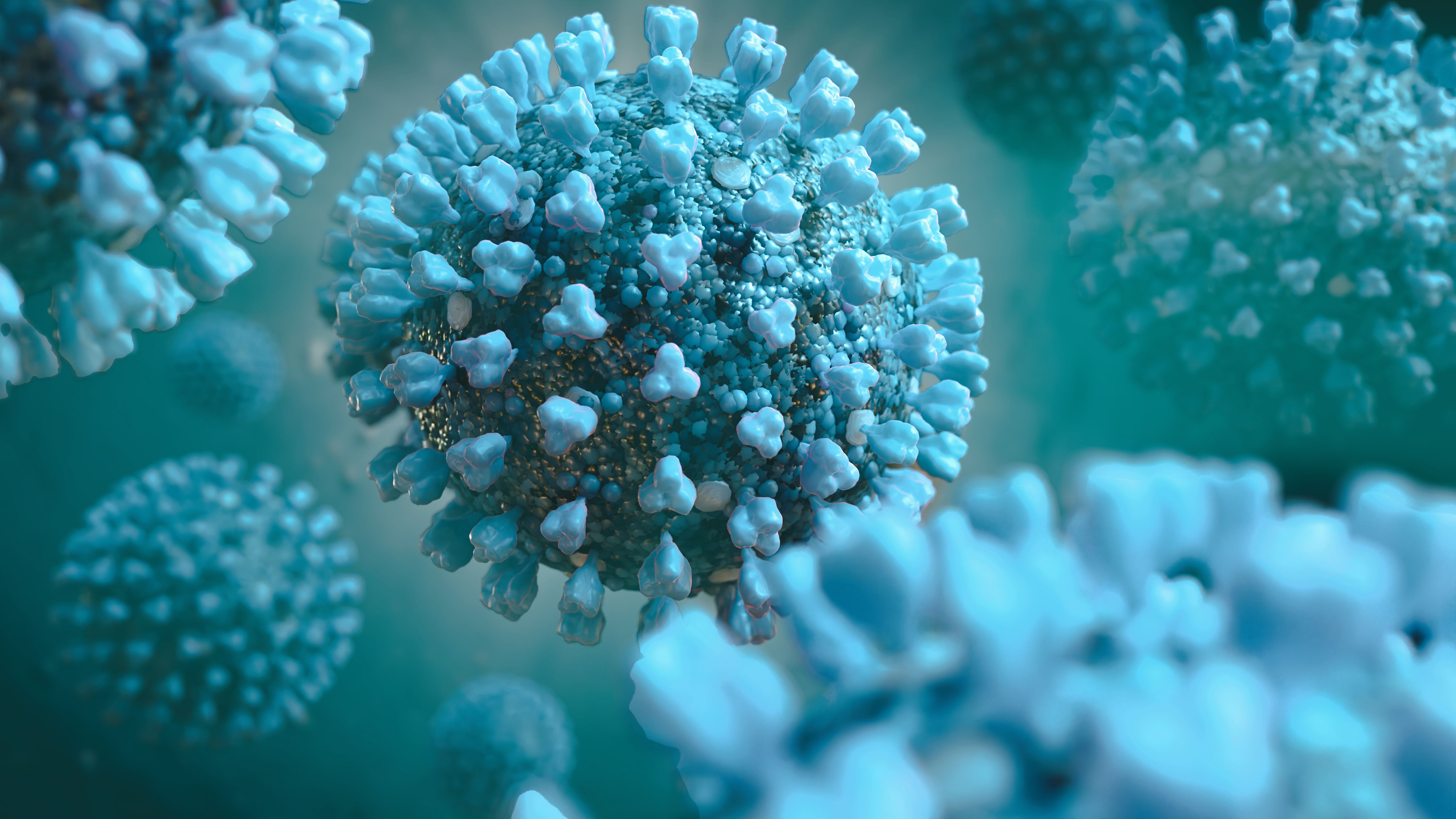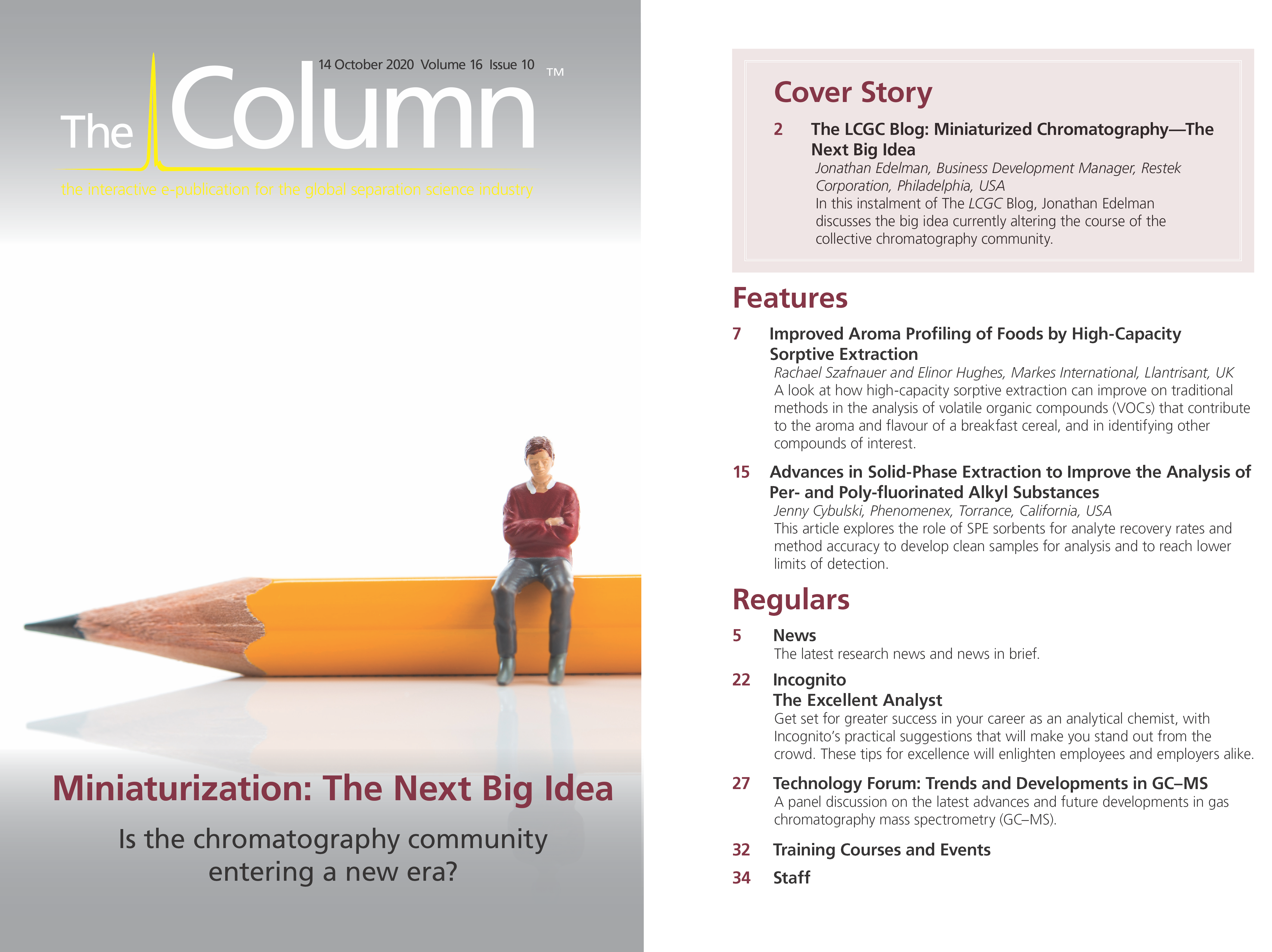Influenza Virus Particle Analysis Using SEC
An analysis method for influenza virus particles has been developed using SEC which provides complimentary biopharmaceutical data for use during vaccine production and approval.
Photo Credit: dottedyeti/stock.adoboe.com

An analysis method for influenza virus particles has been developed using size-exclusion chromatography (SEC) which provides complimentary biopharmaceutical data for use during vaccine production and approval (1).
Vaccination is the most effective form of influenza control, preventing widescale outbreaks and pandemics from emerging. Various manufacturers produce influenza vaccines utilizing inactivated whole virus particles to illicit an immune response in the recipient via the surface antigens present on the viruses. Primarily these are Hemagglutinin (HA) and neuraminidase (N) with 17 different HA and 10 different neuraminidases being identified. As such, the amount of HA in any produced vaccine is crucial to the effectiveness and subsequent release of a vaccine for use with various guidelines existing to ensure enough HA antigen is present.
Currently, HA quantification mostly relies on two methods: the single radial immunodiffusion (SRID) assay and the HA assay. SRID is considered the gold standard and is based on antigen binding, whereas HA assays use the hemagglutination of erythrocytes. Despite its history, widespread acceptance, and various uses, the HA assay has a number of drawbacks such as the lack of standardization, its discrete format, deviations due to erythrocyte aging (2), secondary interactions of pH, buffer ions (3), and other compounds in complex virus samples. These drawbacks have become particularly relevant in recent years as authoritative bodies have sought an enhanced understanding and control of the vaccine production process with investigation of size, content, and immunogenicity of aggregates in the drug product or substance recommended. As such, numerous techniques and methods have been published offering solutions.
One such publication focused on analytical size-exclusion chromatography (SEC), a non-destructive technique that has been used for decades to analyze the aggregate and fragment content of therapeutic proteins (4). Researchers developed a robust method that handles different buffer systems, ionic strength, and additive concentrations well. Requiring the addition of 200-mM arginine or sodium chloride to obtain complete virus particle recovery. The results are confirmed by dynamic light scattering (DLS), and the universal applicability of the method was demonstrated with three different influenza virus samples, including the pandemic H1N1 vaccine strain 5258 which is an industrially-produced pandemic vaccine strain. The method adds valuable data regarding the size distribution of influenza virus samples to the commonly- used HA assay for the quantification of influenza viruses, and can potentially be used to adhere to ever stricter guidelines from biopharmaceutical regulatory bodies.
References
- J. Vajda et al., J. Chroma. A. 1465, 117–125 (2016).
- C.M. Thompson et al., Virol. J. 10, 141 (2013).
- G.L. Miller, J. Exp. Med. 80, 507–520 (1944).
- P. Hong et al., J. Liq. Chromatogr. Relat. Technol. 35, 2923–2950 (2012).

Determining the Effects of ‘Quantitative Marinating’ on Crayfish Meat with HS-GC-IMS
April 30th 2025A novel method called quantitative marinating (QM) was developed to reduce industrial waste during the processing of crayfish meat, with the taste, flavor, and aroma of crayfish meat processed by various techniques investigated. Headspace-gas chromatography-ion mobility spectrometry (HS-GC-IMS) was used to determine volatile compounds of meat examined.
Accelerating Monoclonal Antibody Quality Control: The Role of LC–MS in Upstream Bioprocessing
This study highlights the promising potential of LC–MS as a powerful tool for mAb quality control within the context of upstream processing.

.png&w=3840&q=75)

.png&w=3840&q=75)



.png&w=3840&q=75)



.png&w=3840&q=75)












